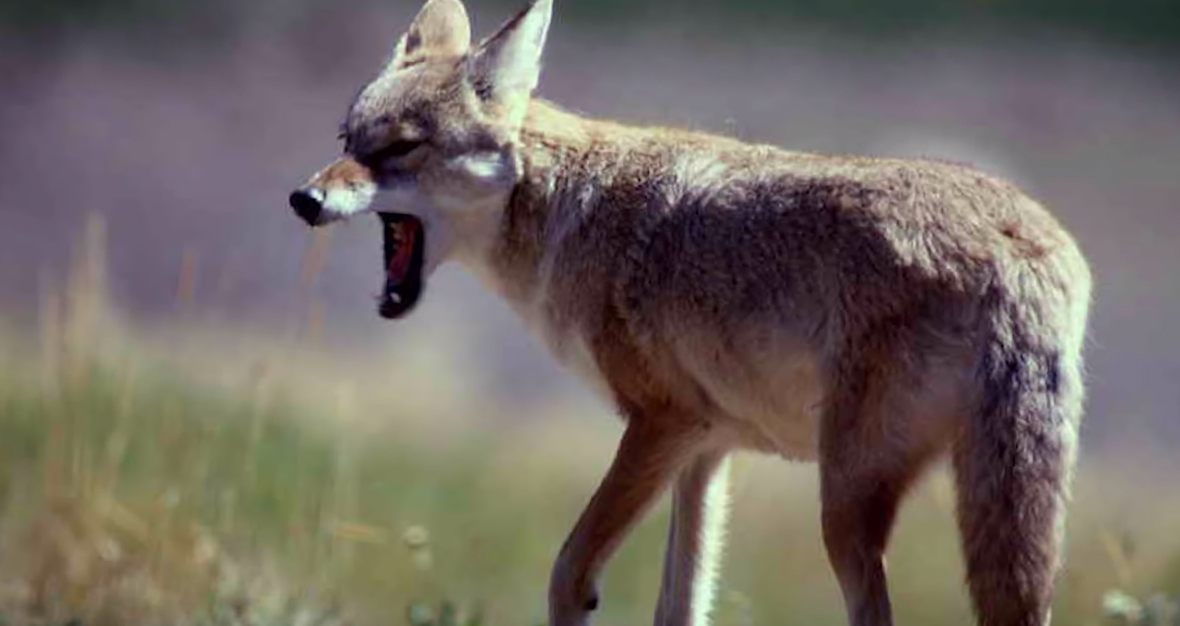- info@Lawrencevilleanimalattic.com
Call 24/7 for a free quote:
678-971-3314
Coyote Track Identification
Coyotes can adapt in almost all types of environment. They originally live in the wilderness, but urbanization has driven them through the urban and the suburban areas. They also have a varied diet and can eat grains, birds, small rodents, berries, and fruits. In case this animal visited your property, they will leave a track that you can use to determine their presence. Coyotes will leave their tracks on soft grounds such as mud and snow.

How to Identify the Track of Lawrenceville Coyotes
The footprint of this wild creature will have an oval shape that is like the track of the fox. However, their track will be slightly larger than the fox. It will have an average length of 2.5 inches and a width of 2 inches. The footprint will have a visible four toes and claw marks. The tracks of the coyotes are symmetrical. They have a feet pad that has a triangular shape. The hind foot track will be somewhat smaller compared to the front track. The foot pad will also be smaller.
The Gait of the Georgia Coyote
Just like the other canine creatures, the coyote will have a varying gait. This may include the galloping, loping, trotting, and walking gait. Perhaps one of the most common gaits of the coyotes would be the overstep trot. During this time the hind and the front track of the animal will land near each other. The hind foot will be above the front foot. When the coyotes are trotting, they will leave a track in a narrow and straight formation. The track will be apart at about 15-22 inches when trotting.
Other Signs of their Presence
The scat of the coyote will have a rope-like form. It will be spongy and tapered on both edges. The diameter of their droppings will be around ½ inch. Content of their feces can vary since they are omnivores. It will usually have a gray color and will have some hair of the rodents. You will find their scat along their trail. It is not uncommon to find latrine when there is a presence of Lawrenceville coyotes in your residential community. Compared to the scat of the fox and the dog, the coyotes’ dropping will usually be odorless.
Differentiating Their Track
The dog tracks are often mistaken to be the footprint of the coyotes. However, the track of the dogs will have a rounder form and their claw marks will be blunt. It will also be less-symmetrical. Another way to distinguish the tracks apart would be the space between the toes of the tracks. The coyote’s negative space will form an x mark while the dogs will not.
Coyotes can carry diseases such as distemper and rabies and you need to guarantee that they will stay away from your property. By determining their presence during the initial phase of the infestation, you will prevent them from returning to your property. To stay away from the hazards related with them, allow the professionals to shoulder the responsibility of coyote removal.
Visit our Lawrenceville wildlife trapping home page to learn more about us.

